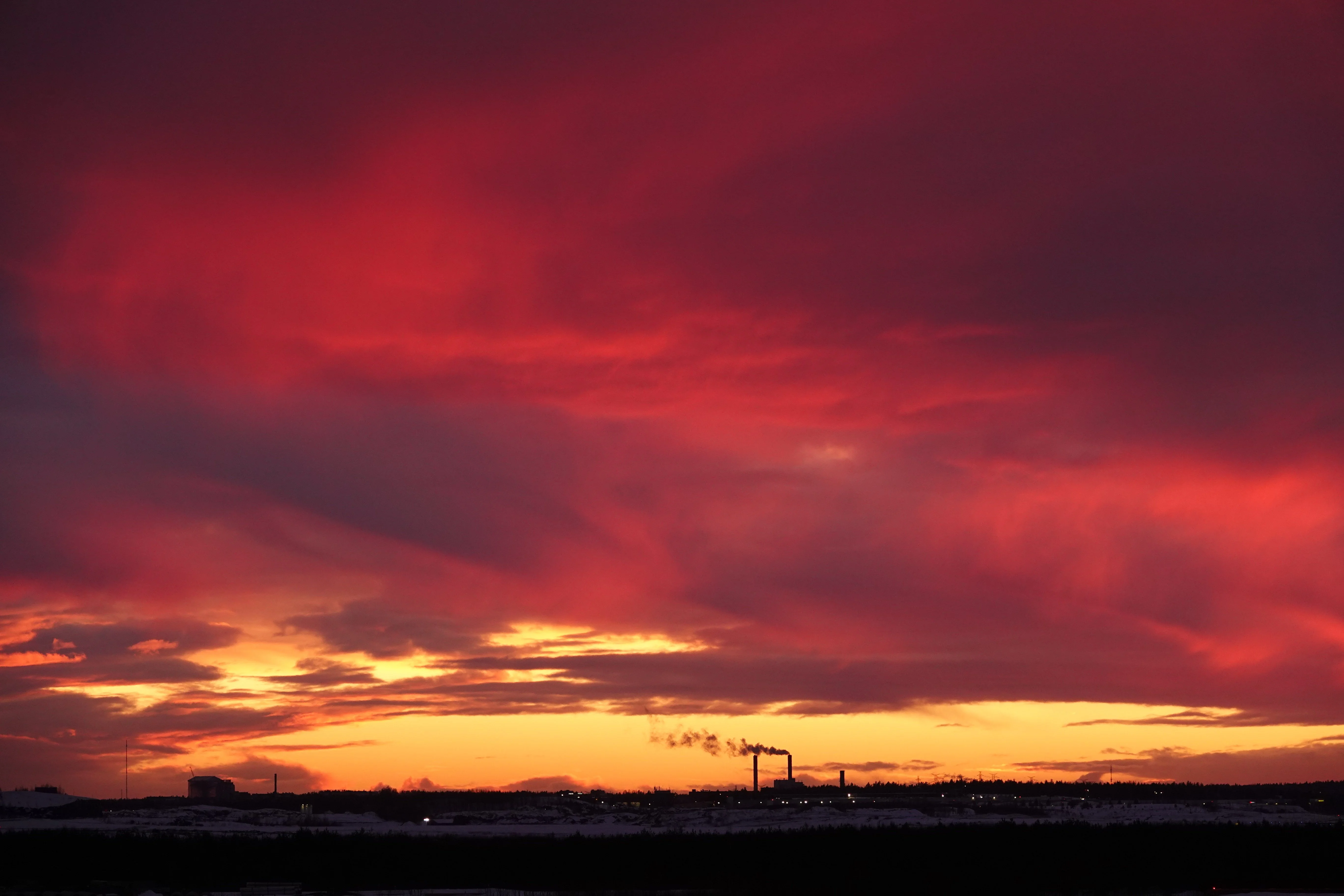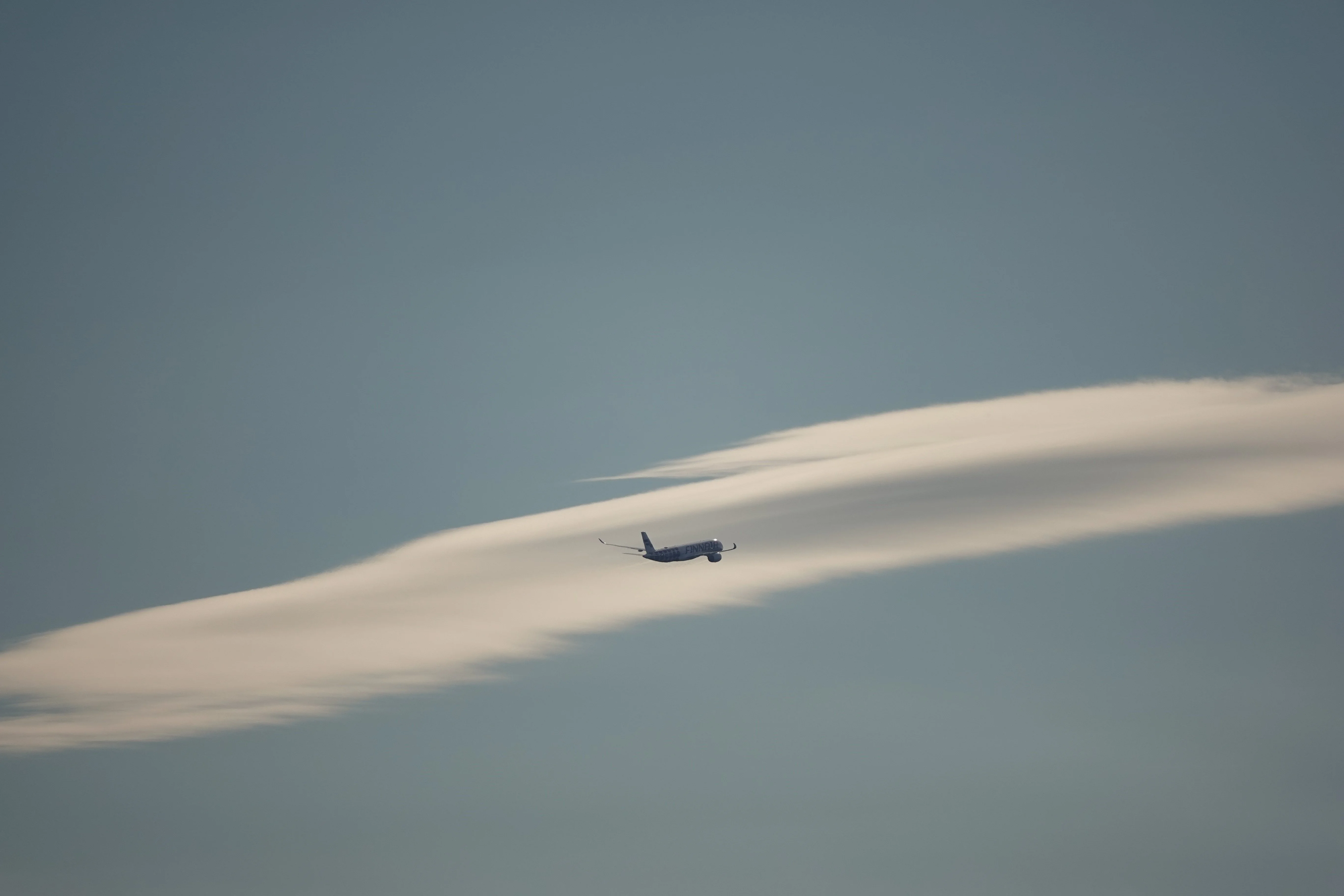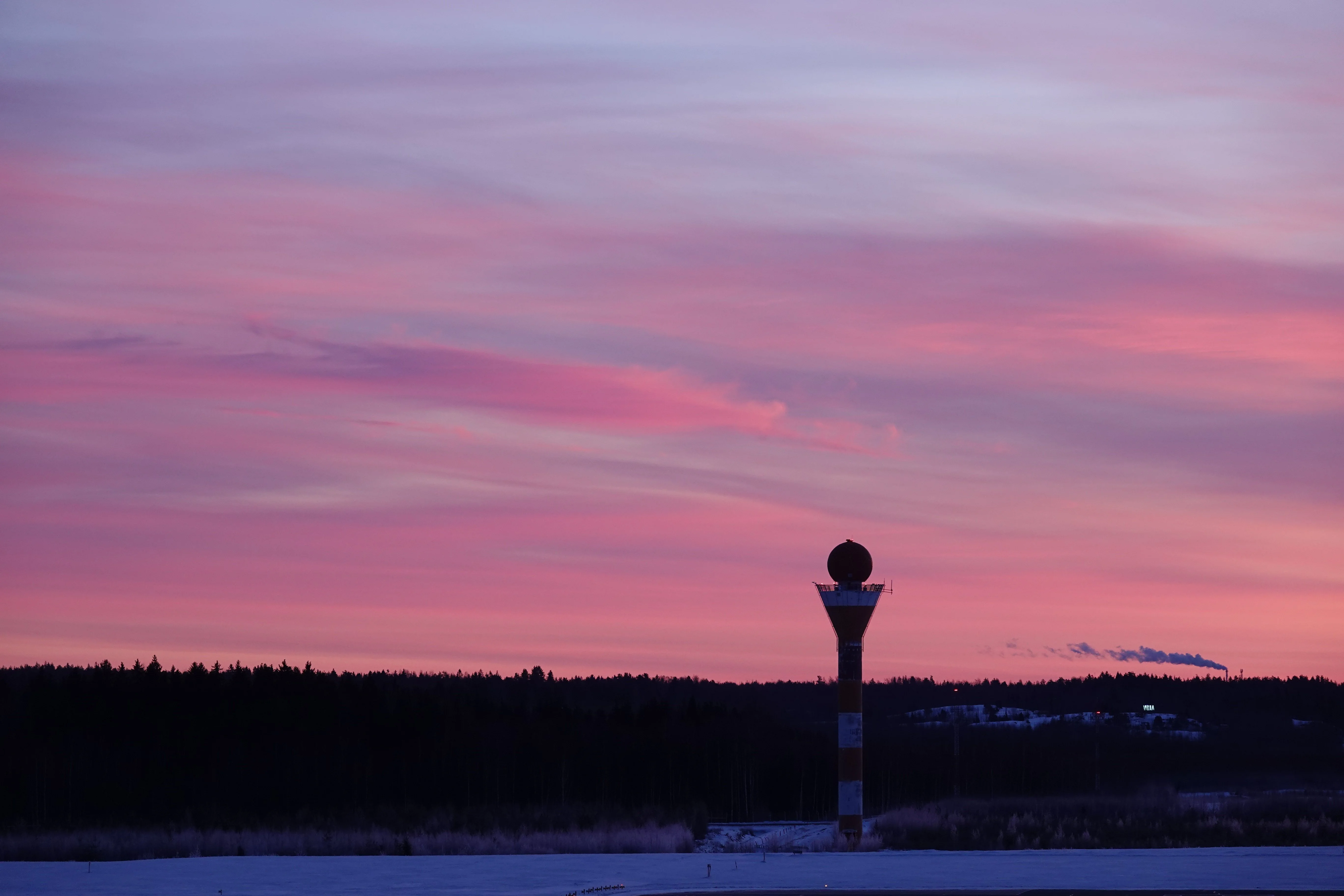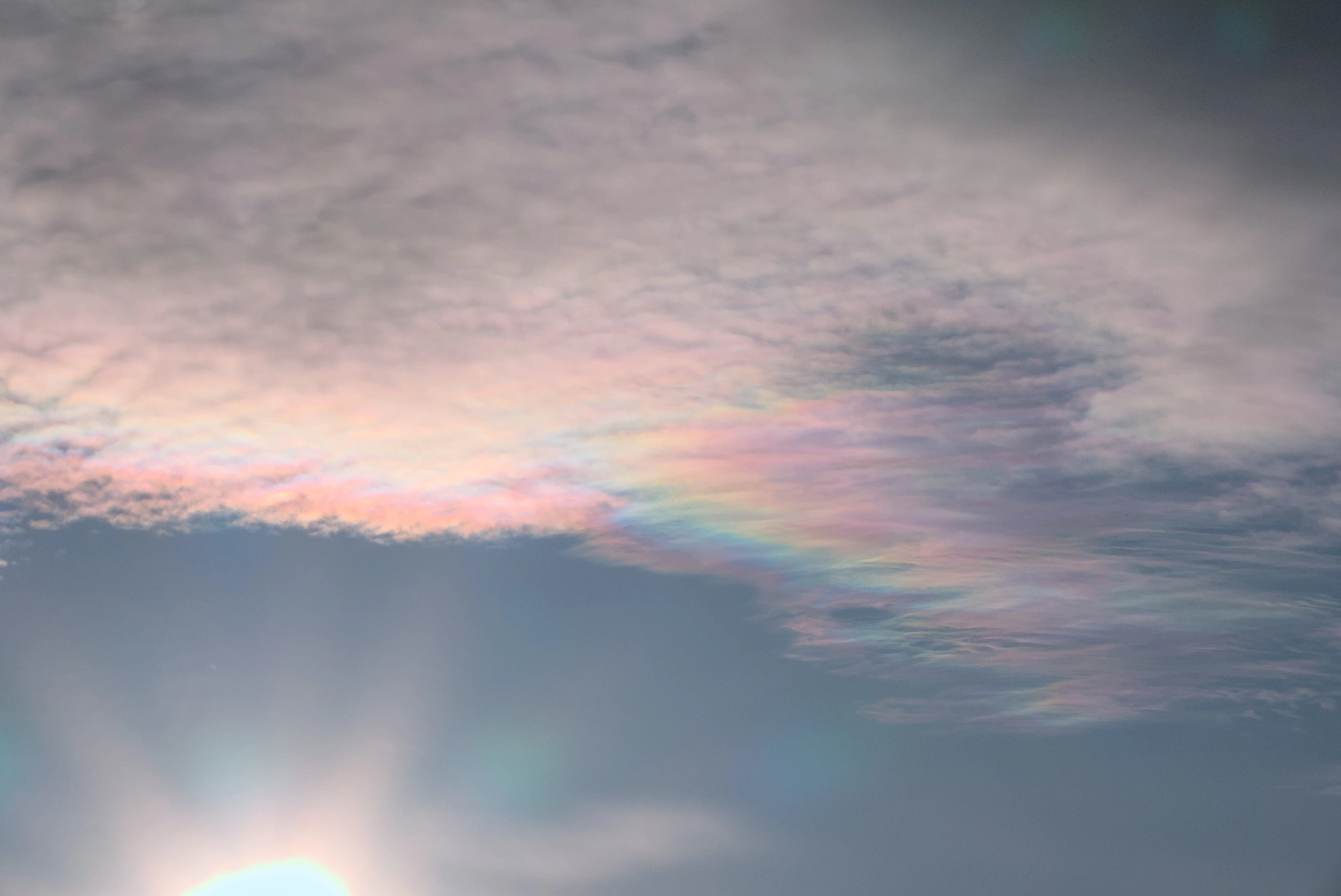Search
Cirrostratus fibratus and a 22° halo

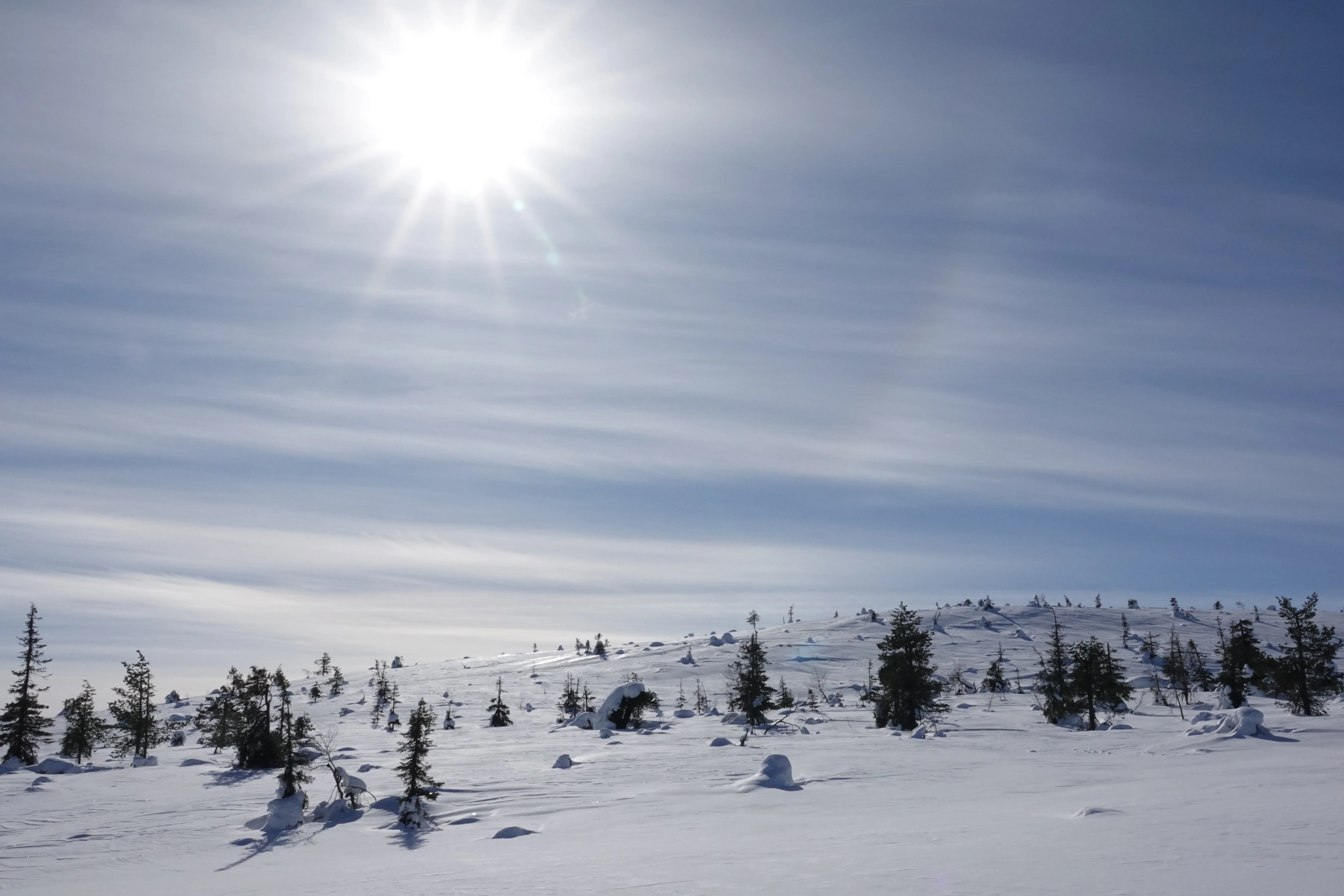
Cirrus and Cirrostratus progressively invading the sky are a telltale sign of an approaching warm front. In this case it was an occluded front that was rolling in. It snowed that night.
Snow shower

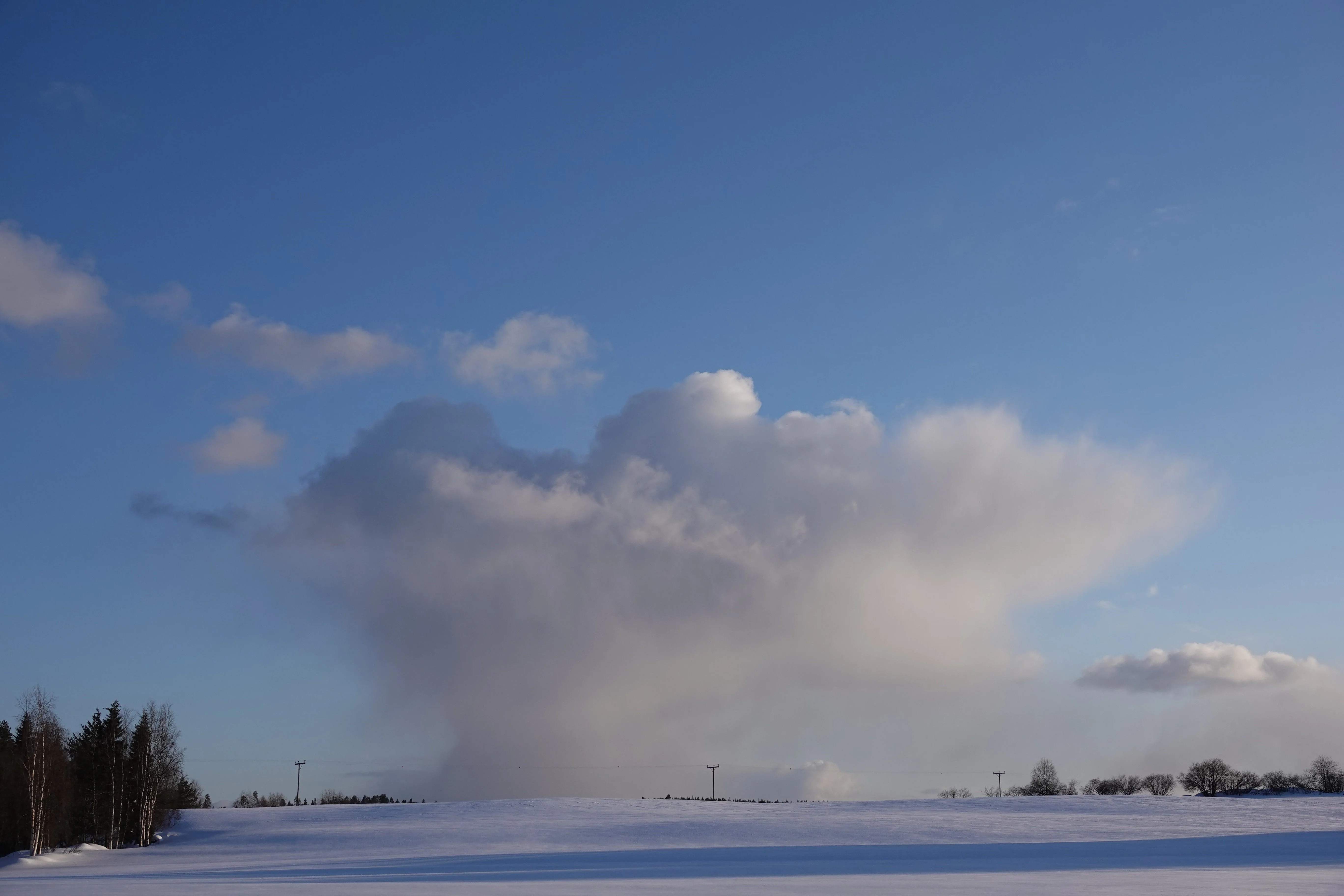
Don't be decieved by the anvil like shape, heavy looking precipitation and icy look of this cloud! This is far from the size and power of an actual Cumulonimbus. But it is interesting in that it fits every criteria of a Cumulonimbus capillatus incus, except the bit about considerable vertical extent for the genus. I'm quite sure that this guy didn't raise its head much above 2 km AGL.
I suppose it could be classified as a Cumulus of some sort, but it really doesn't fit well under any genus. Our systems of classification are just something that we made up. Clouds are under no obligation to conform to them. The same is true for everything else in the universe as well.
The most well developed fluctus I've seen. Altocumulus stratiformis fluctus

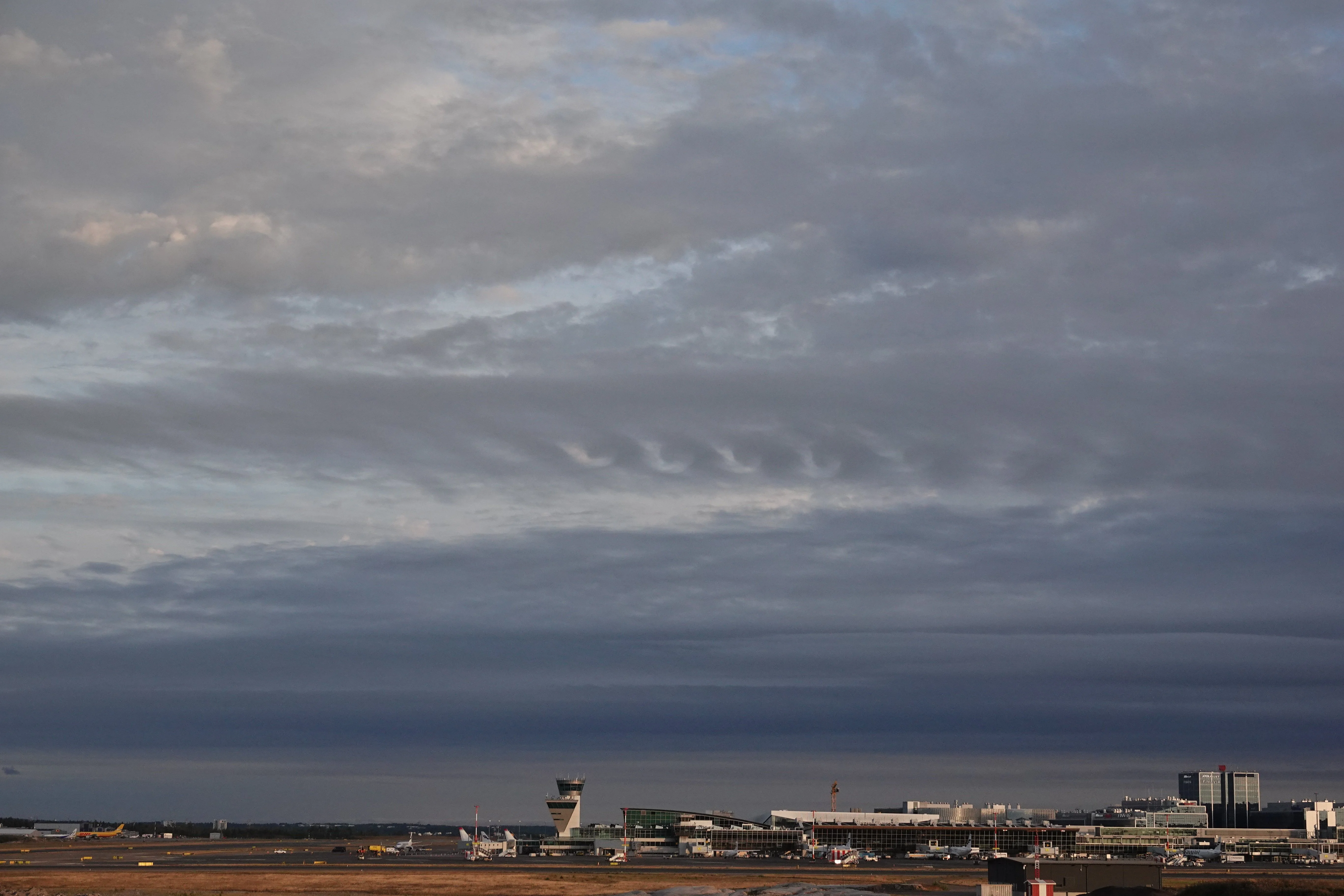
Picture taken in August 2022. Fluctus, also known as Kelvin-Helmholtz wave clouds, form when wind shear causes instability in the (usually the upper) surface of a cloud. The formation is short lived and relatively rare. It can also only be seen well from the side like here. This video contains a good explanation of the physics involved here.
Cirrocumulus stratiformis with cloud iridescence

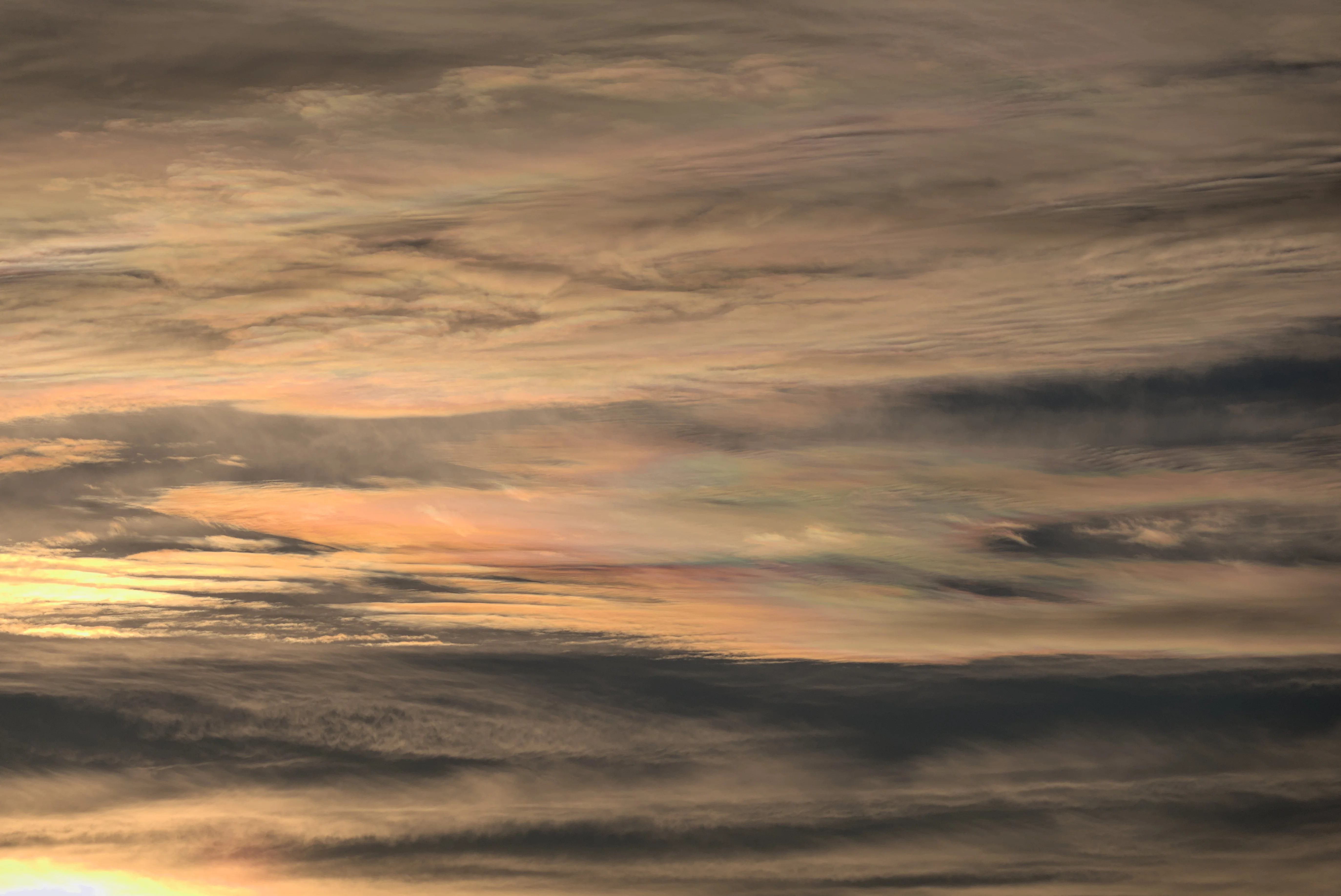
Some of the Cc is of the variety undulatus. Miscellaneous Cirrus in the lower part of the image.
Cirrus fibratus and a sun pillar

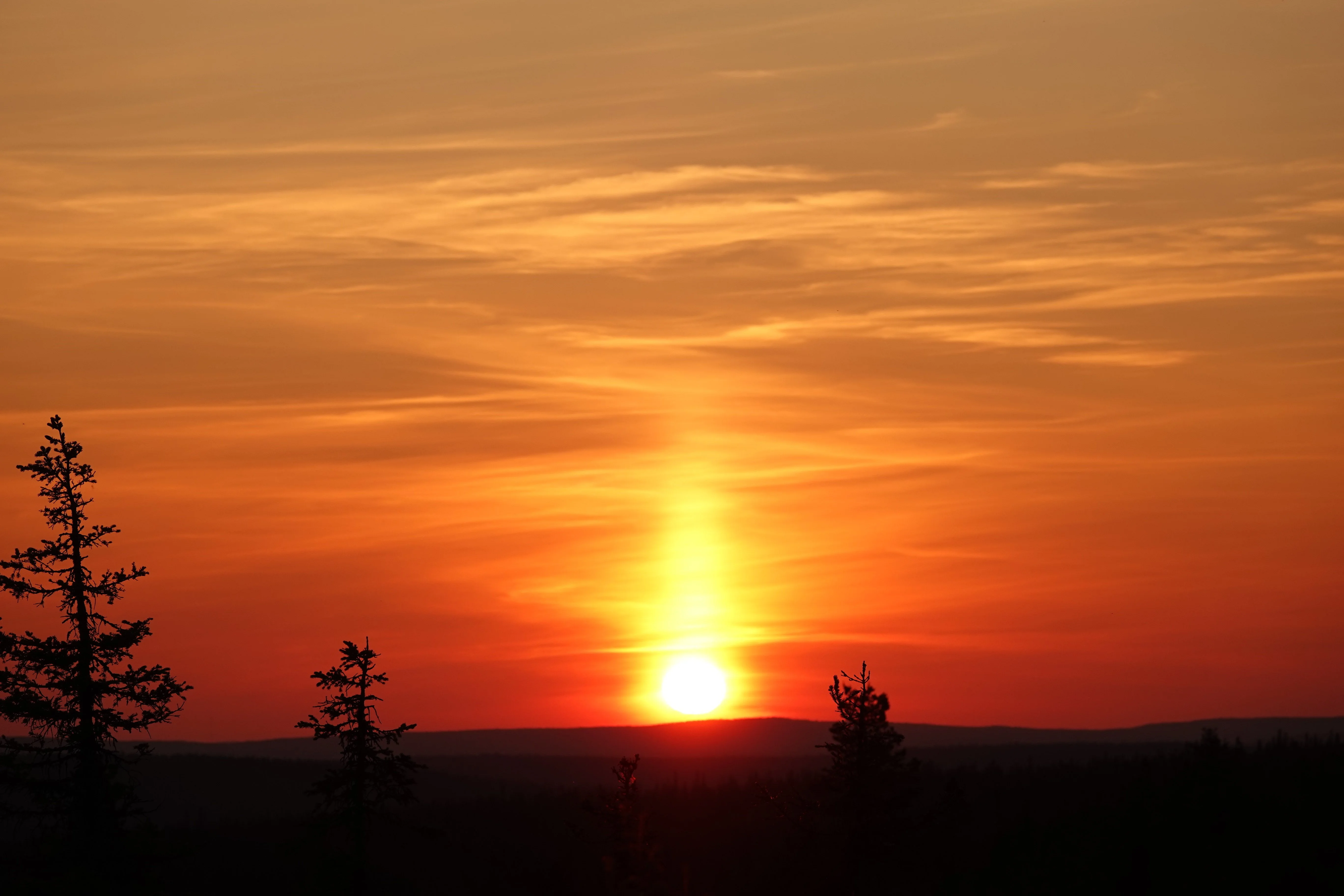
Picture taken on 25.6.2023 at 01:27 local time.
A sun pillar is formed when horizontally floating hexagonal ice crystals (in this case within the Cirrus) reflect light. Kinda like the reflection of the setting sun over wavy water, but in this case upside down.
Cirrus spissatus at sunset

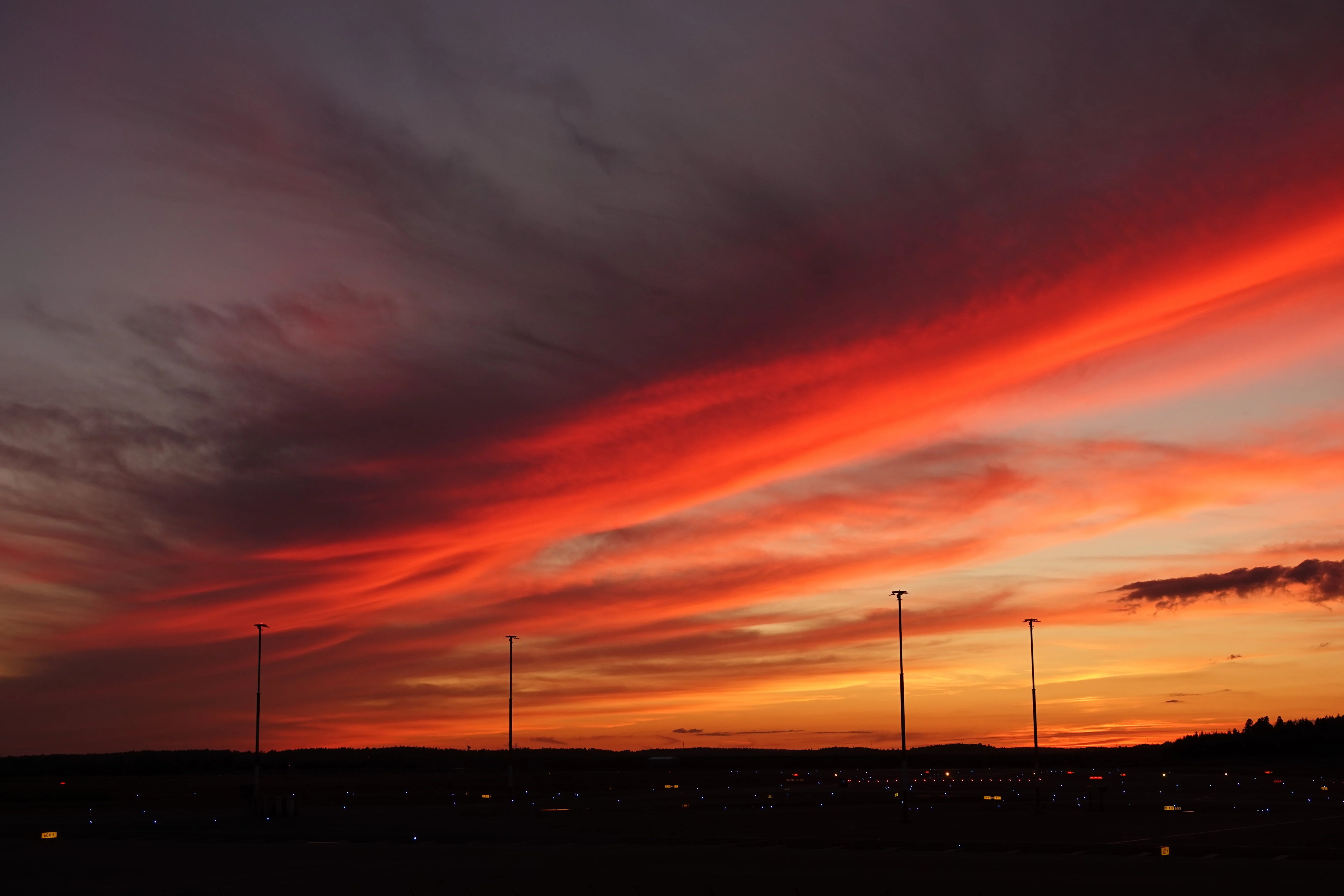
Sort of a continuation to that other post I just made here. Here's a picture I took last year of a spectacular sunset caused by Cirrus spissatus.. These clouds were quite high at over 8 km above the ground.
A beautiful sunrise I saw a year ago

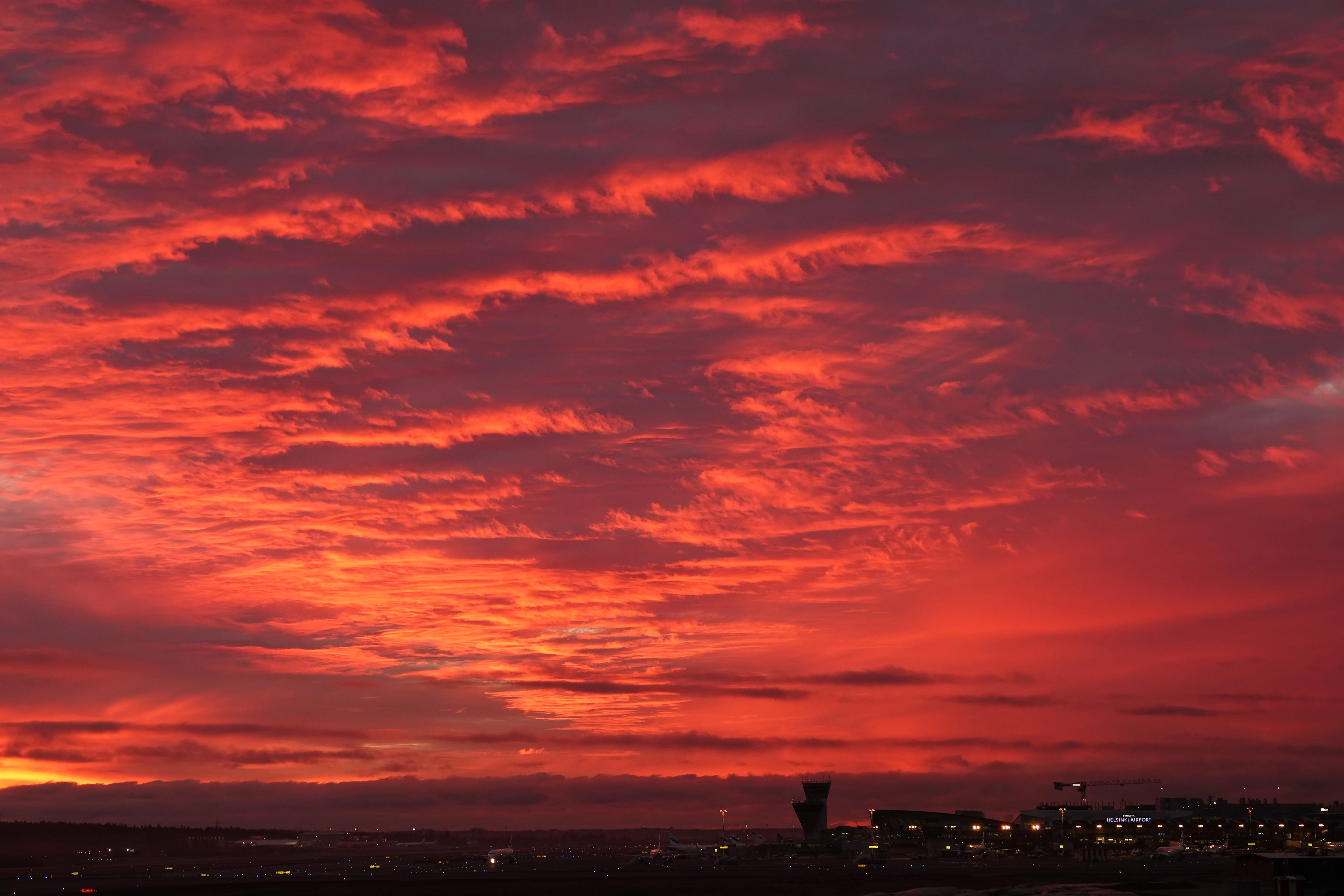
The secret recepie of a great sunrise or sunset is that the sky is covered in clouds that are high, but also thick enough to produce strong contrasts between the highlights and the shadows. Farther away in the direction of the Sun the sky has to be clear enough to allow sunlight to illuminate the bottom of the cloud. Here the cloud in qustion is Altocumulus stratiformis. It's quite a common cloud, and thus also the most common culprit of spectacular vistas such as these. Cirrus spissatus is also a great candidate, although that one is a bit rarer and doesn't usually form expansive sheets such as here.
Altocumulus stratiformis fluctus

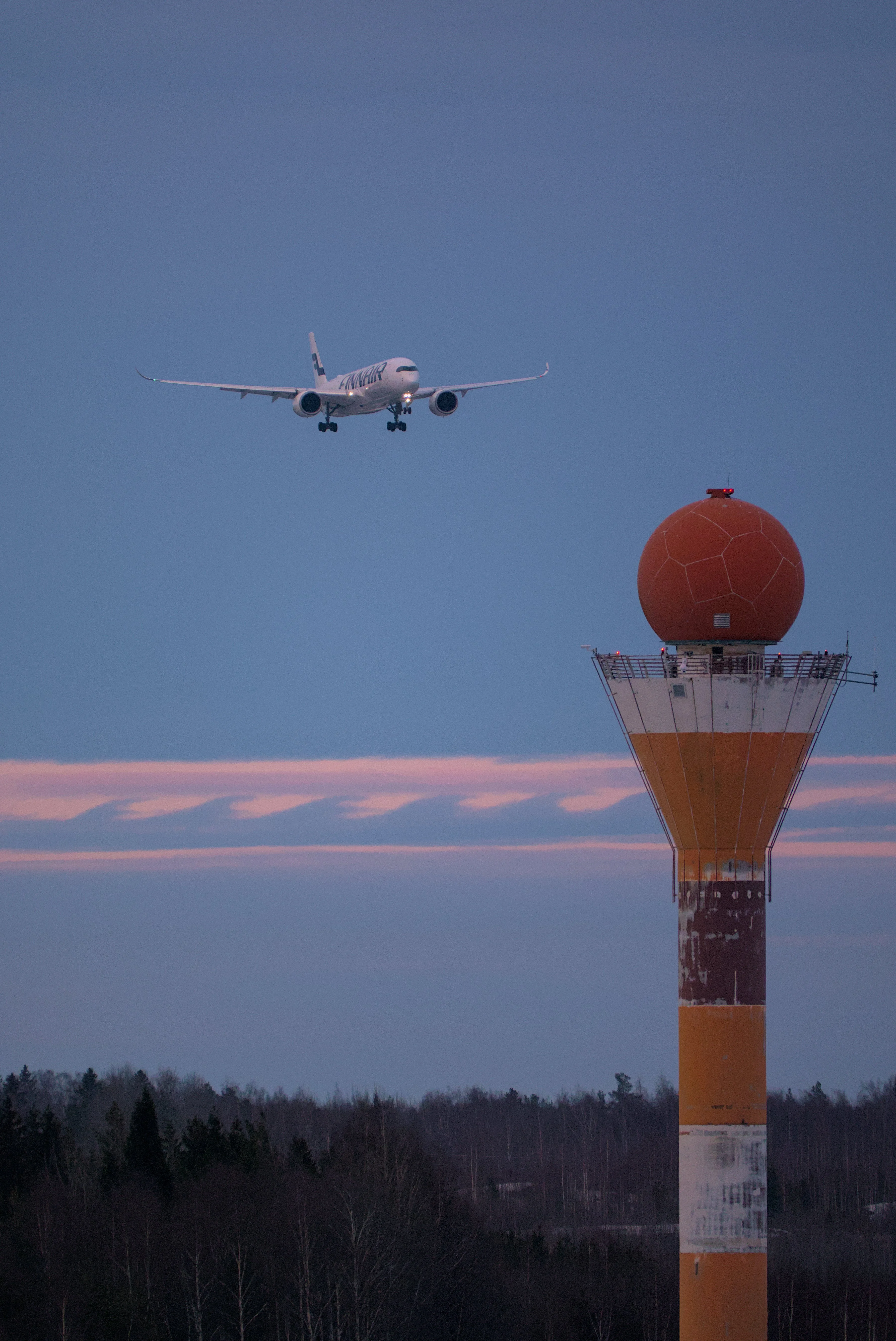
Fluctus is a cloud formation that requires quite specific circumstances to occur. The physical phenomenon itself (Kelvin-Helmholtz instability) is quite common, occuring at the border of two layers of fluids moving in different directions and/or speeds. The most common instance would be the waves you see on water.
But to be visible in a cloud like this, there not only needs to be a cloud at that same place, but it has to also occur perpendicularly to the observer so you can see it clearly from the side like this. Because of these three factors rarely happening all at once, as well as the short lifespan of the formation (the waves usually crash within minutes), it is widely considered a rarity.
Safe to say, I was very stoked when I saw one lining up for this shot.



